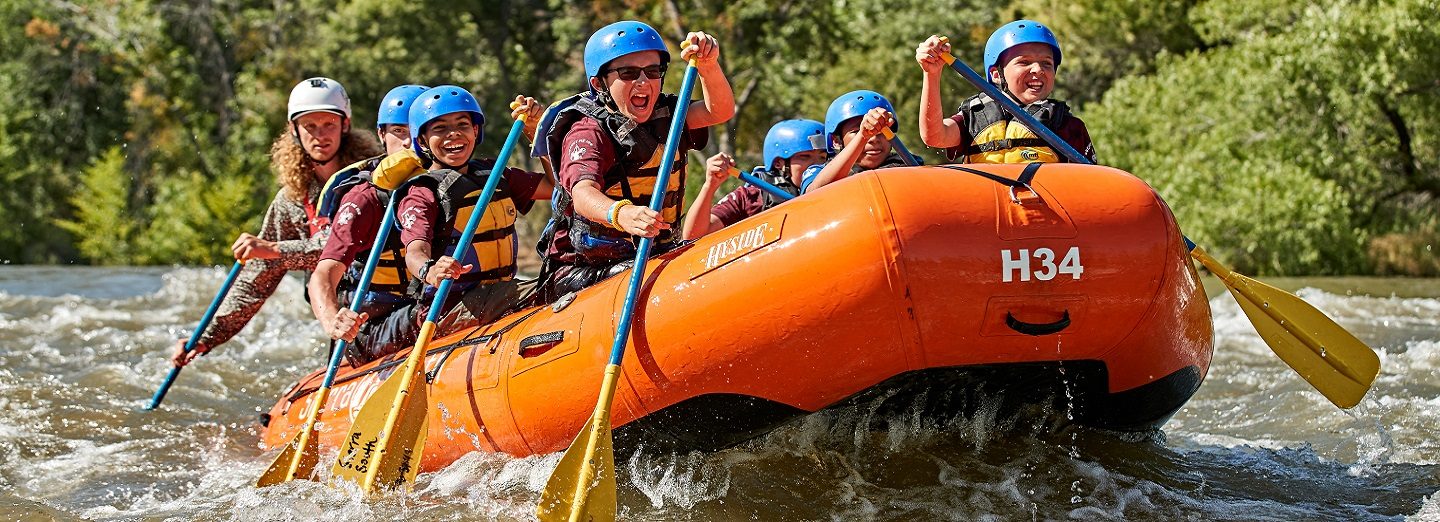
SUMMARY
Swimming, kayaking, or any aquatic activity will have potential hazards, even for advanced participants. Lives can be saved with proper supervision and training; lives can be and have been lost by not following Safety Afloat practices.
GENERAL INFORMATION
Safety Afloat training is designed for all authorized boating activities.* Adult leaders supervising those activities have completed their Safety Afloat training within the previous two years.
A summary of the nine points of Safety Afloat includes:
- Qualified Supervision—Supervision by an adult, 21 or older, who is trained in Scouting America Safety Afloat. Leadership is provided in ratios of one trained adult per 10 participants; for Cub Scouts, it is 1:5. At least one leader must be trained in first aid that includes CPR. Any swimming done in conjunction with the activity must be within Scouting America Safe Swim Defense standards.
- Personal Health Review—Complete health history will be needed. Are there any restrictions on the part of the participant?
- Swimming Ability—Complete an annual swim test. Do you know what that is?
- Life Jackets—Properly fitted U.S. Coast Guard–approved life jackets are worn by everyone engaged in boating activities.
- Buddy System—Make sure each member is accounted for, especially when in the water.
- Skill Proficiency—Everyone in an activity afloat must have sufficient knowledge and skill to participate safely.
- Planning—Check for weather and contingencies as needed prior to your activity.
- Equipment—All craft must be suitable for the activity, be seaworthy, and be capable of floating if capsized.
- Discipline—Remember that rules are only effective when they are followed.
Review the age-appropriate guidelines for afloat activities for Cub Scouting, Scouting America, Venturing, and Sea Scouting.
*Parasailing, kite-surfing, and unit-level use of personal watercraft are not authorized activities.







